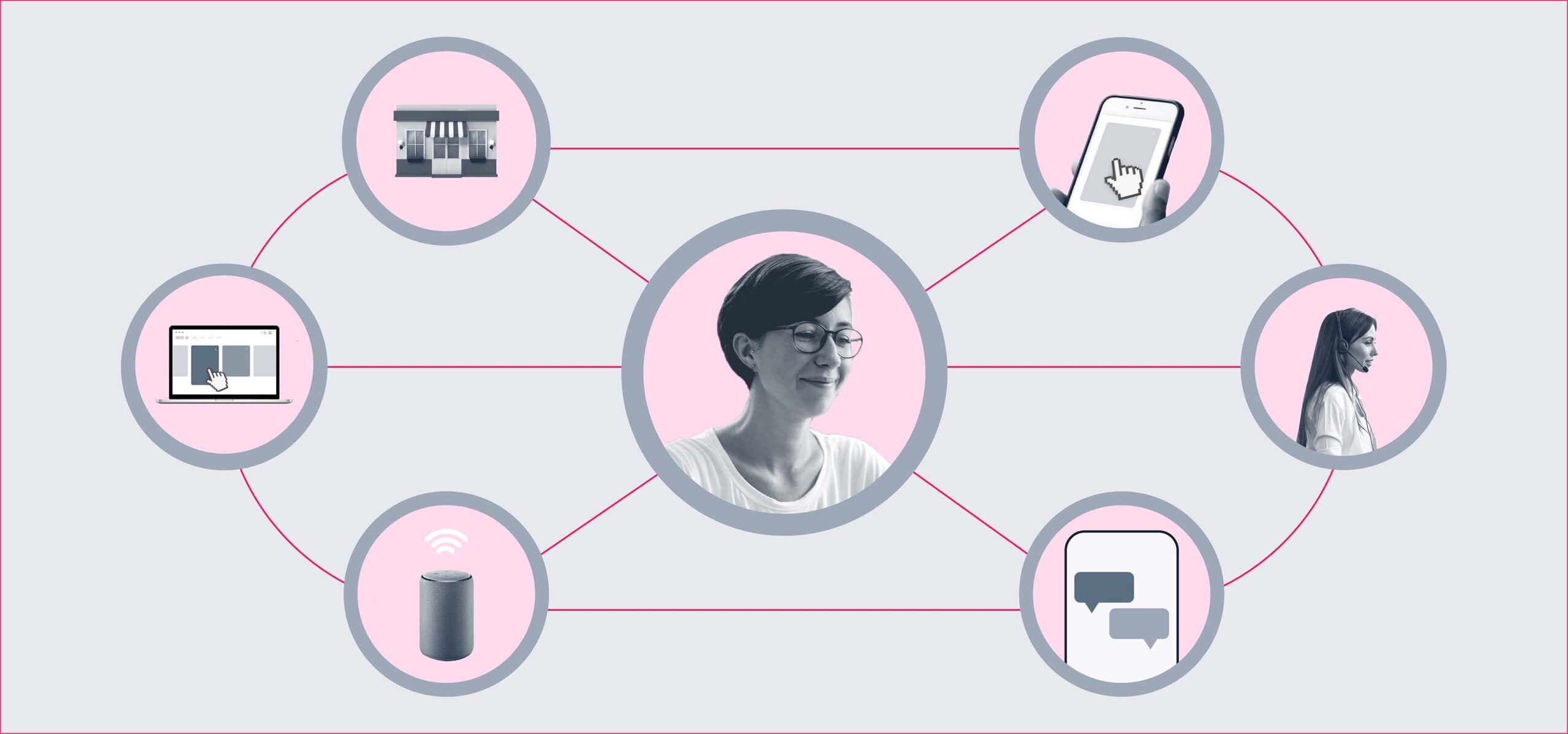
DIA, a leading chain of proximity supermarkets in Argentina, realized the value of omnichannel and the potential online grocery growth in the context of COVID-19 early on. Driven by a need for safety, people wanted timely home delivery, curbside pick-up, pick-up in-store and, well, the actual items on their shopping lists during extraordinary times of stockouts.
Just like a body with uncoordinated limbs cannot excel at dancing, a grocery ecommerce channel that is completely separated from brick-and-mortar stores cannot support such an extensive operation. Why? Because online inventory would be limited to distribution centers, implying longer delivery times and potentially unavailable items.
But omnichannel can support this operational complexity, because it is an operational marriage between all possible commerce channels with numerous magic (or should we say technological?) tricks up its sleeves. Elements like ship-from-store logistics and full visibility over inventory combine in a harmonious way, keeping customers happy with more stock options and fulfillment methods, perfectly aligned with the customer convenience trends we’re witnessing.
Thus, DIA decided to speed up omnichannel plans already in place, committed to ride out the storm and take advantage of the significant online grocery growth happening on a global scale.
DIA has had its eyes set on integrating its more than 900 physical stores into the already existing ecommerce channel since 2019. Initially, that operational upgrade was seen as the next logical step in the online channel’s journey, as omnichannel would eliminate friction from the online grocery buyer’s shopping experience.
“It is key to be able to create synergy between both channels, taking into account that our operation is mainly based on physical stores.”
Fernanda Onzari Nobua, Ecommerce Director of DIA Argentina
In 2020, though, omnichannel was no longer a nice-to-have, but a must-have. DIA started integrating its physical stores with clusters of 25-30 newly added stores per week. In just three and a half months, DIA integrated 352 stores, making its broad product offering available quickly and safely to its 300,000 daily customers with ship-from-store and pick-up in-store.
Merging DIA’s online and offline worlds in the middle of the pandemic was definitely not easy, for it implied massive procedural and organizational changes, on top of the usual challenges associated with implementing omnichannel. Yet the result was worthwhile: DIA came to the aid of its customers’ when they needed it most.
Thanks to the omnichannel approach, compared to 2019, DIA’s conversion rate increased by 100%, and more than 50% of customers were new to DIA’s online store. An impressive validation of the ecommerce operation was seen during the big retail events of Hot Sale and Cyber Monday, when DIA grew year-over-year by 583% and 316%, respectively. What’s more, in November 2020 alone, 50% of the orders placed on the ecommerce website were through pick-up in-store, validating the investment made in a tool that natively supports this.
“The challenge was showing our customers the assortment and stock of each of these new stores – but the integration with VTEX made it possible.”
Fernanda Onzari Nobua, Ecommerce Director of DIA Argentina
There’s much more to share about DIA’s omnichannel journey, which you can immerse yourself into here. But DIA’s not the only one saying the omnichannel hype is warranted, though. There are plenty of other grocery retailers – Zona Sul and Walmart just to name a few – that say omnichannel sparked tremendous online grocery growth for them. The phenomenon is reinforced by industry-wide statistics, too: according to Statista, sales of grocery delivery and pick-up in-store in the US went haywire, with a growth rate of 375% between the months of August 2019 and August 2020.
Bottomline, no matter how much one reads on the omnichannel subject, there seems to be only one verdict: go for it.

